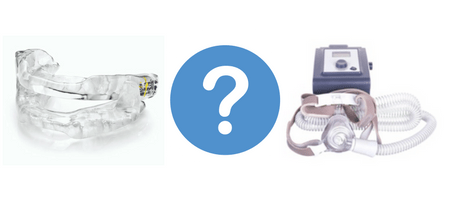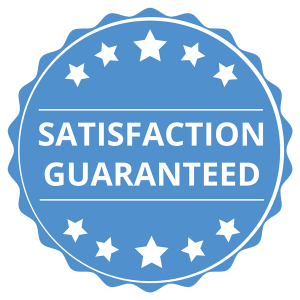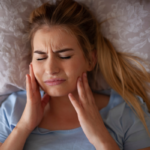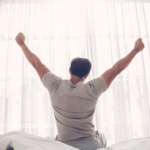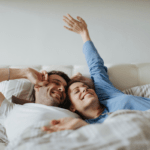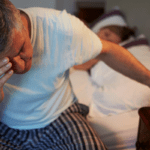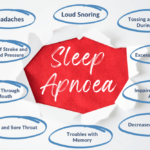Recent studies1 show that the results of treatment with the CPAP machine and oral appliances are similar in regard to overcoming tiredness, snoring, depression, anxiety and the quality of
sleep.
Oral appliances have been demonstrated2 to have high compliance with most patients easily able use it all of the night during sleep.
A CPAP device is a very effective treatment provided the patient wears it at night. However that’s a big proviso because the majority of patients cannot use it. Unfortunately compliance with CPAP is quite low with most studies3 showing that less than 40% of patients are able to use it. And those patients that are using it are often do so for only 3 to 4 hours per night – not enough to get a good result. This has a serious effect on reported CPAP results.
Who is CPAP best for?
CPAP may be best if you have very severe sleep apnoea and you are significantly overweight, with a BMI greater than 35.
It is also best if you have severe sleep apnoea and are being treated for high blood pressure, diabetes, cardiovascular or heart disease.
Despite the importance of CPAP use for this category of patient, a large percentage can’t use the machine. Many of these people will then use other snoring aids such as an oral appliance, and while it may not be quite as effective as the CPAP machine in severe cases of sleep apnoea, it will often be sufficient to take patients out of the severe sleep apnoea category towards a milder form, which lowers their risk for developing longer-term health complications.
Many patients who are using CPAP successfully find it too difficult, or cumbersome, to take it with them when they are travelling, camping etc. These patients often combine the use of CPAP
with an oral appliance for times when they are travelling or just want to have a break from CPAP.
How to avoid using CPAP if you have severe sleep apnoea?
There are a number of indicators as to whether someone will benefit from cpap vs oral appliance therapy. An oral appliance can become an excellent treatment for someone with severe sleep apnoea if they are able to lose some weight. If you are overweight and lose around 10% of body weight,
this can result in a halving of the severity of your sleep apnoea. While weight loss alone is usually insufficient to overcome all the sleep apnoea, an oral appliance can then be used with excellent results.
Combining an oral appliance with other treatments for people with severe OSA
For many people, sleeping on the side can also reduce the degree of sleep apnoea. There are excellent devices now available that help people sleep on their side- one such device is called the
Nightshift, which is worn like a necklace and vibrates with increased loudness when people turn on their back.
Strategies for achieving a clear nasal passage can also help reduce the degree of sleep apnoea if obstruction is a problem.
Conclusion
With the current available treatments and strategies, most people will overcome their sleep apnoea and snoring, thereby waking more refreshed with less tiredness during the day and no
snoring to disturb those sleeping nearby.

